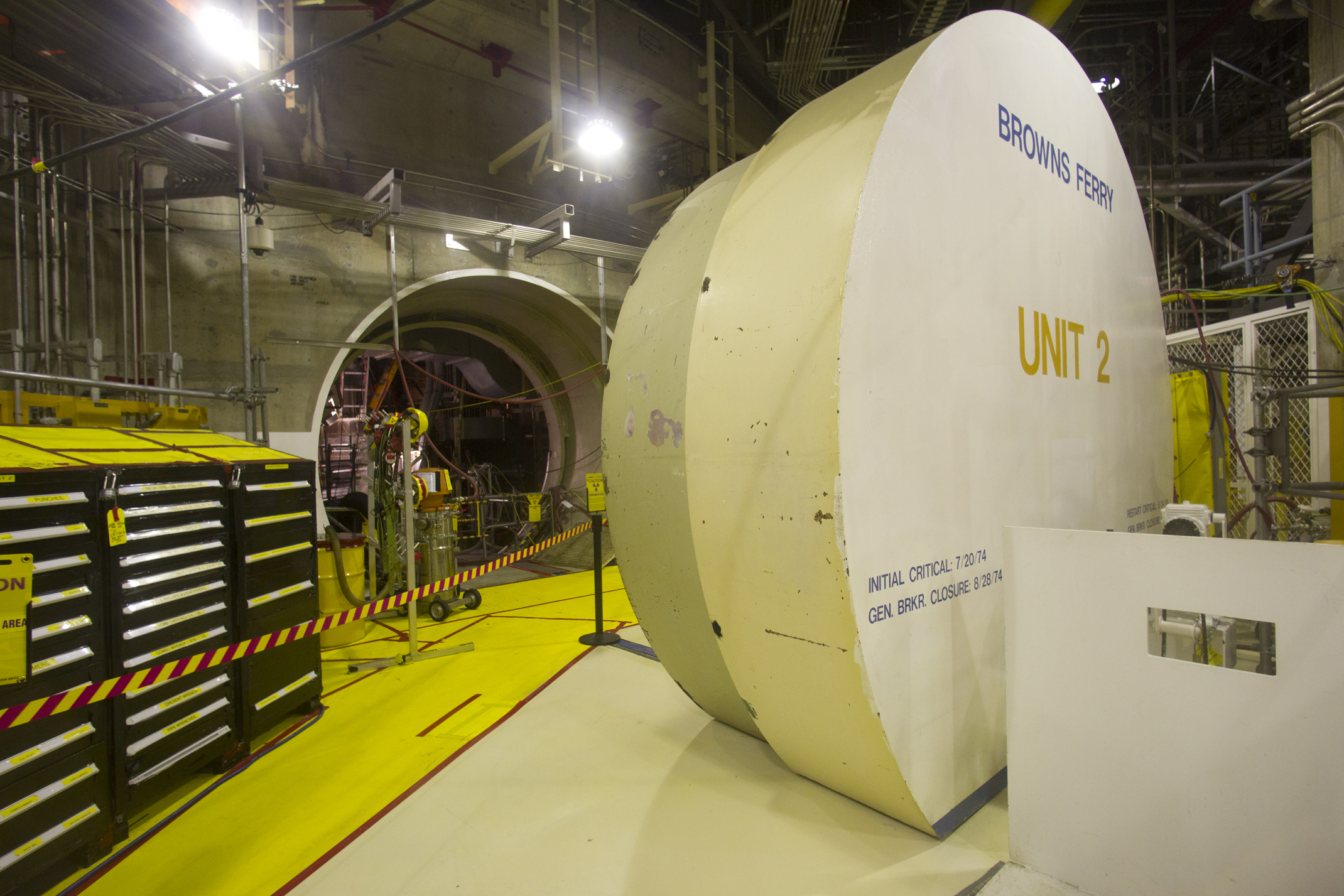Anti-nuclear groups, including some local ones, wrote to the Nuclear Regulatory Commission on Tuesday asking it to require distinctive visual dye markers on normal, permitted radiation emission releases.
The groups say the coloring, similar to that used in natural gas and propane odor markers, would make radiation releases easily identifiable to protect the public.
The groups also want NRC to require that the public be alerted via news reports -- like pollen alerts -- to each release of radiation from venting, fuel transfers or any other accidental, intentional or incidental release of radioactive emissions to air, land or water.
"We put odor in gas and hear pollen counts on weather reports for our protection, but when it comes to radiation emissions from nuclear power plants, we don't know when, where or how much," said Gretel Johnston, a Scottsboro, Ala., member of the Mothers Against Tennessee River Radiation and the Bellefonte Efficiency & Sustainability Team.
Both groups signed the Dec. 11 letter, which included two other requests: that stored nuclear waste be moved as quickly as possible from pools at nuclear plants to safer dry cask storage, and that nuclear plants be phased out.
NRC spokesman Joey Ledford said nuclear regulators will review the requests.
"Individuals or groups are always able to ask the NRC to revise its regulations or create new ones. If such a request has a solid technical or scientific basis for showing why the change or new regulation could enhance safety, the NRC would consider whether to start a formal rulemaking process on the change," he said.
Tennessee Valley Authority spokesman Ray Golden said officials with the utility, which operates three nuclear plants in the region, have not seen the letter and had no comment.
The letter notes that radioactive emissions are released daily somewhere in the United States -- from power plants and nuclear fuel manufacturing and storage facilities to nuclear fuel railway and highway transports and nuclear weapons facilities.
